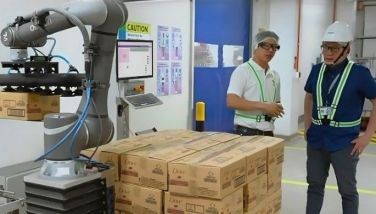Pasig bigyang buhay muli
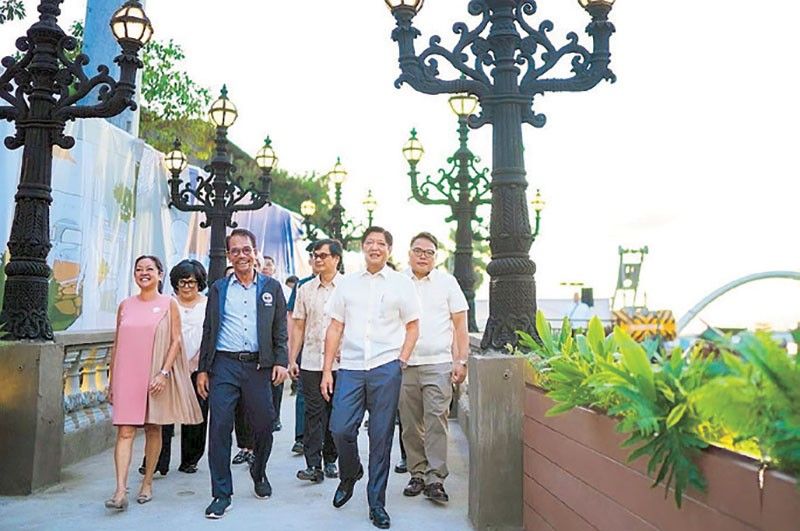
It is said that rivers are the beating heart of a city. And many a city has risen on the banks of rivers. In fact, it is also said that civilization itself started on the banks of rivers, when 5,000 years ago, the first civilizations sprung forth from such large rivers as the Tigris and Euphrates in what was called Mesopotamia (now modern-day Iraq), the Nile in Egypt, and the Indus in India.
The great cities of the world are mostly alongside rivers. We have Paris along the River Seine, Cairo along the Nile, New York City along the Hudson, London along the Thames, and Rome along the Tiber River.
We must count Manila, expanded to Metro Manila, as one of the mega cities that lie along a river, which of course we all know is the Pasig River, or Ilog Pasig, that 25-km. stretch connecting Laguna de Bay to the Manila Bay that cuts Manila and neighboring towns and cities into two halves.
The Pasig River is technically a tidal estuary with a total drainage basin, including that of Laguna de Bay, of 4,678 square kilometers. Its major tributaries are the Marikina River and the San Juan River.
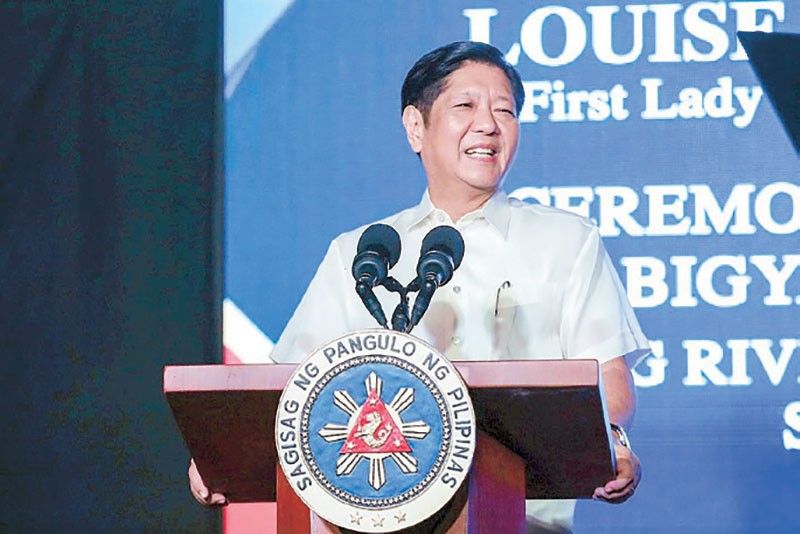
Much has been written, said, and even sung about Ilog Pasig. We have heard stories and read in our history books about how the Pasig River was once very pristine, crystal clear and clean enough for people to bathe in, perhaps even to drink from, and how boats and ships would ply the Pasig River from Manila Bay to Laguna de Bay and back.
Even Malacañan Palace, the official residence of the President of the Philippines, was built along the banks of the Pasig River.
As the years and centuries went by, of course, to bathe in and even drink the water of the Pasig River would be at great peril, considering how the river waters have become murky and muddy, and in certain areas, full of solid waste and with the stench of sewage.
The rich moved away from their palatial houses along the river, and this was replaced with factories, warehouses, and urban-poor settlements. This was suffocating the river, so to speak, to the point that it was believed to be biologically dead.
Rehabilitation efforts started in 1999 with the issuance of Executive Order No. 54 by then President Joseph Ejercito Estrada (whom I had the pleasure to serve as Press Secretary and Presidential Spokesperson) creating the Pasig River Rehabilitation Commission that was in charge of all rehabilitation efforts over the river. Funding support was provided by, among others, the Danish and the Asian Development Bank (ADB).
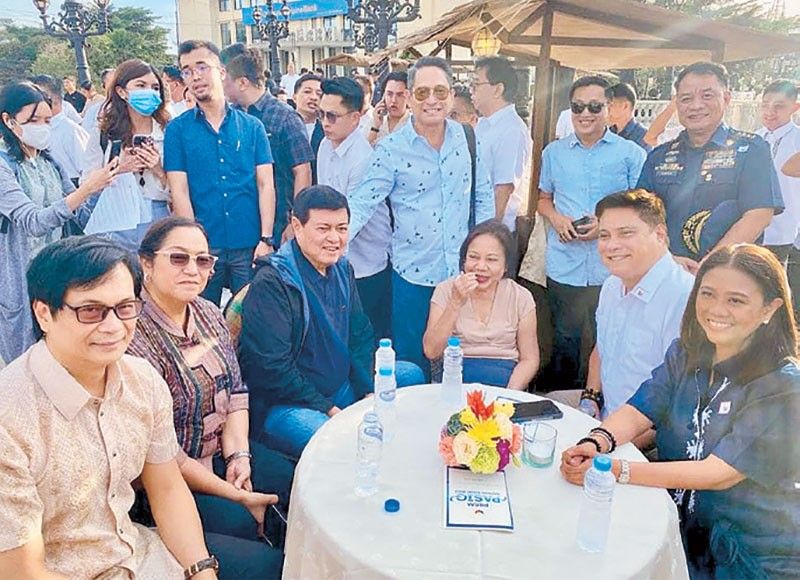
In 2019, however, the PRRC was abolished, and its mandate was transferred to other government agencies like the DENR, the DHSUD, MMDA, and DPWH.
In 2021, San Miguel Corp., under the dynamic leadership of Ramon S. Ang, initiated a clean-up of the Pasig River. This was completed in two years’ time, removing over 1.3 million tons of waste.
In July 2023, President Ferdinand “Bongbong” Marcos Jr. issued Executive Order No. 35 constituting the Inter-Agency Council for the Pasig River Urban Development, headed by the Secretary of the Department of Human Settlements and Urban Development (DHSUD).
The Council shall have the general function and responsibility of “facilitating and ensuring the full rehabilitation of the banks along the Pasig River water system and nearby water systems in order to provide alternative transportation, propel economic opportunities, and boost tourism activities.”
The main project of the Council is “Pasig Bigyang Buhay Muli,” a master plan to not only rehabilitate the river but also maximize its economic potential by transforming the riverbanks into people-centered parks and a commercial hub. This was in compliance with the Council’s mandate under EO 35.
The rehabilitation of the Pasig River is also one of the three priority advocacies of First Lady Liza Araneta Marcos, together with education and access to quality healthcare (through her LAB for All Project, which I also wrote about).
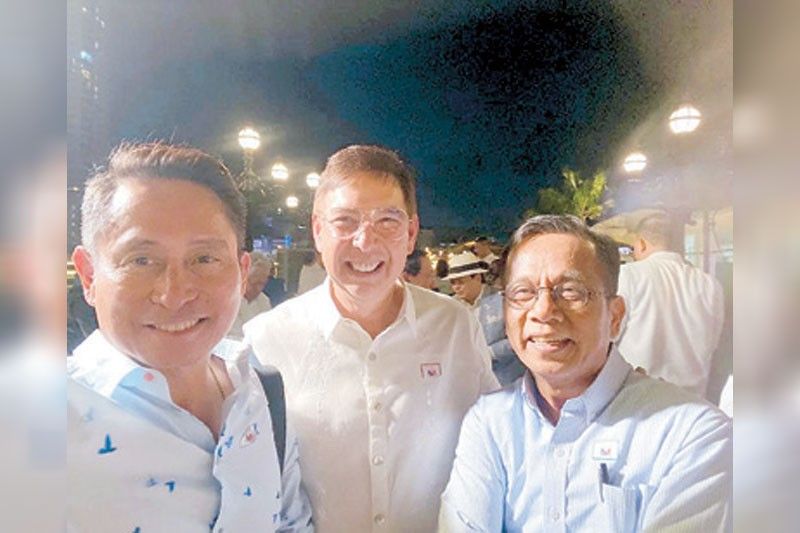
And so it came to be that a 500-meter span of the overall plan, dubbed as the Pasig Bigyang Buhay Muli: Pasig River Urban Development Showcase Area, was inaugurated as the first physical manifestation of the project. This esplanade was done in a neo-classical style to blend with the design of the also-rehabilitated Jones Bridge and the soon-to-be-renovated Central Post Office Building.
I attended the inauguration of the esplanade and, I must say, it was amazing, befitting of its task as a showcase, a sight of good things to come for the Pasig River and its banks. As the President said during its inauguration, the project is not just cosmetic in nature but along the stretch of the river will “judiciously sprout commercial enterprises, run by the best stewards and strongest stakeholders of the river’s development — the people themselves.”
This pilot area is just the first of nine planned segments. If this is a sign of what is to come for the project — which would undoubtedly take some years to complete — then exciting times lie ahead, for the Pasig River and for the metropolis that benefits from the life and the heart that it gives.
- Latest






